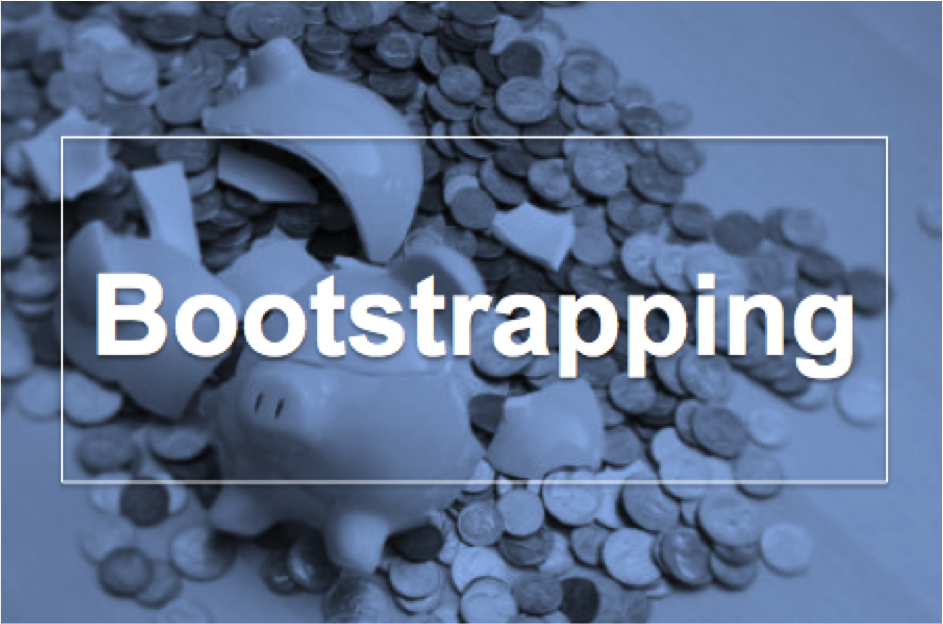The Lean Startup is a trendy term that gets thrown around so much its meaning has become diluted. A more pragmatic term for the philosophy is bootstrapping, which refers to the idiom of pulling yourself up by your own bootstraps.
In a culture overly fascinated with venture capital, IPOs, angel investors and the like, many aspiring business founders overlook the classic lemonade-stand model. Start with what you have, and build from there. If what you have isn’t enough to build from, that’s a pretty good sign you don’t have anything.
Still confused? Here’s how.
Step 1. Build Your Minimum Viable Product
No fancy bells or whistles. Identify the problem, and build the product to address it. If the problem is your voice is too soft, think plastic megaphone, not wireless intercom system.
If you don’t have the funds to build it, don’t worry; read on.
Step 2. Sell Your Minimum Viable Product
This is the point where you identify your target market, particularly the alpha consumers, and offer up your basic product. For tech industries, this would be at a conference, or on a specific forum. For our plastic megaphone, it would be at a high school football game. Contact them, and pitch your product. If you’ve done your homework, and found the foremost consumers in the industry, you’ll not only learn if they want your product, but why or why not.
If you need funds for your MVP, try pre-selling a batch via these alpha consumers. This is a common tactic on crowdfunding sites, but can be done face to face as well, if the concept is sound.
3. Evaluate/Reinvest
The first batch provides you with two things: feedback and sales revenue. After that first sale, unlike when pitching to a VC firm, you know exactly what your product is worth. Now, identify the crucial needs of the product, and build the next batch accordingly. By taking this approach to product design, you can track when details are necessary, and which only drain costs. You also can grow your business in a safer cash-based accounting system, waiting to leverage your assets for when the sales justify the risk.
- Repeat
The bootstrapping model is great because it has no ceiling. As sales increase, the operation can increase. This allows the founder to maintain ownership, decrease liability, and grow responsibly.
For more help, please contact us here.
